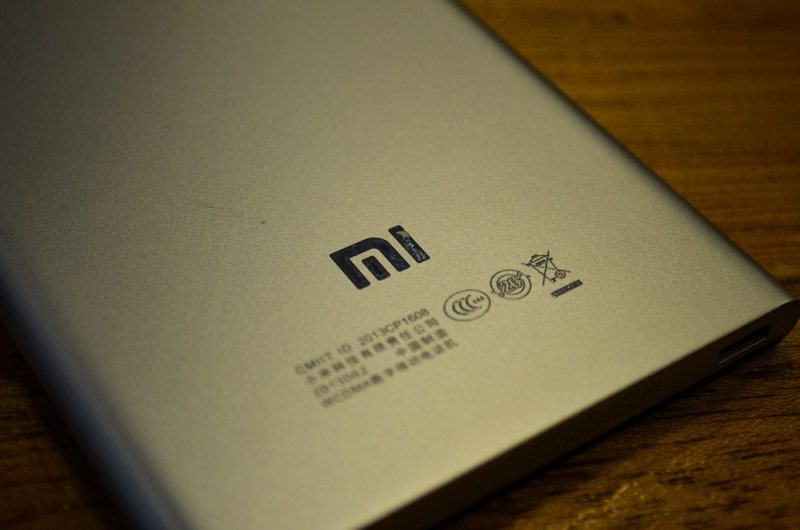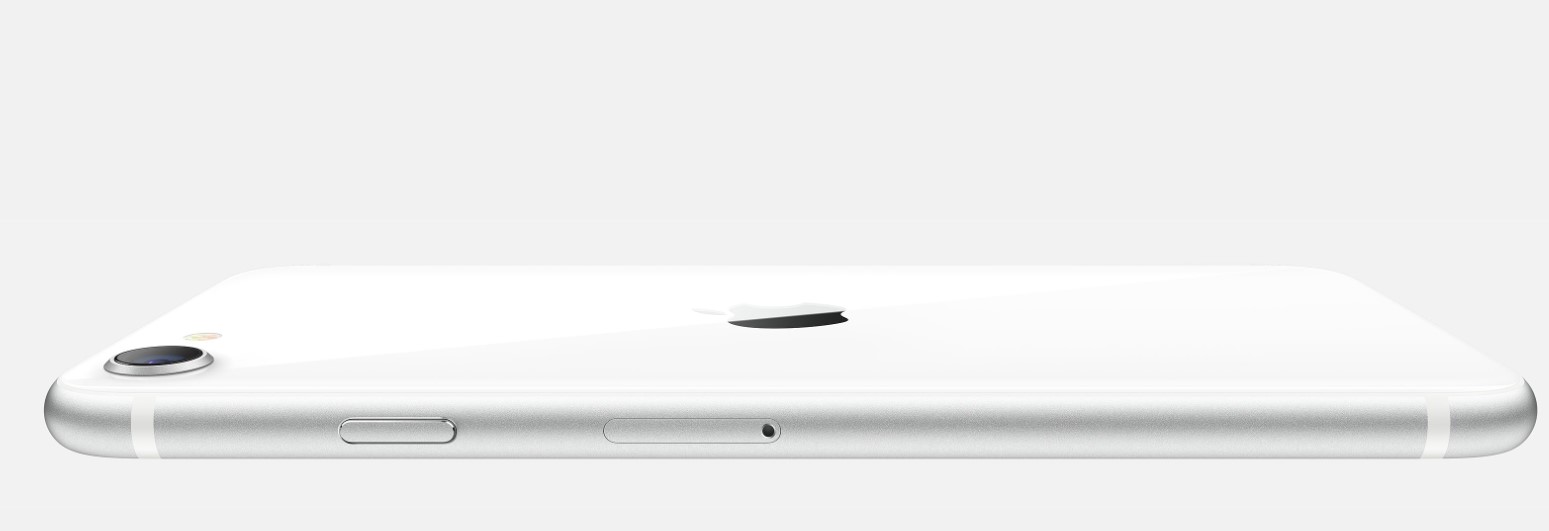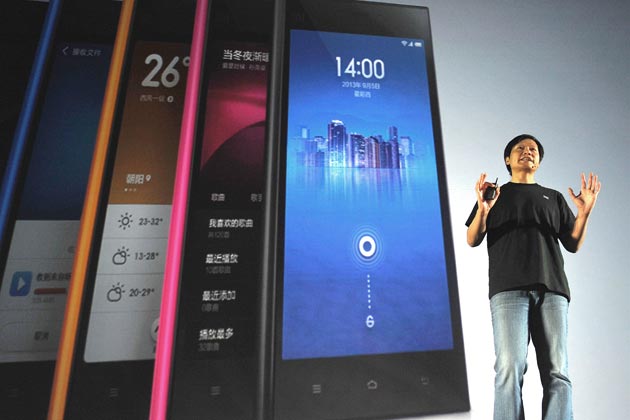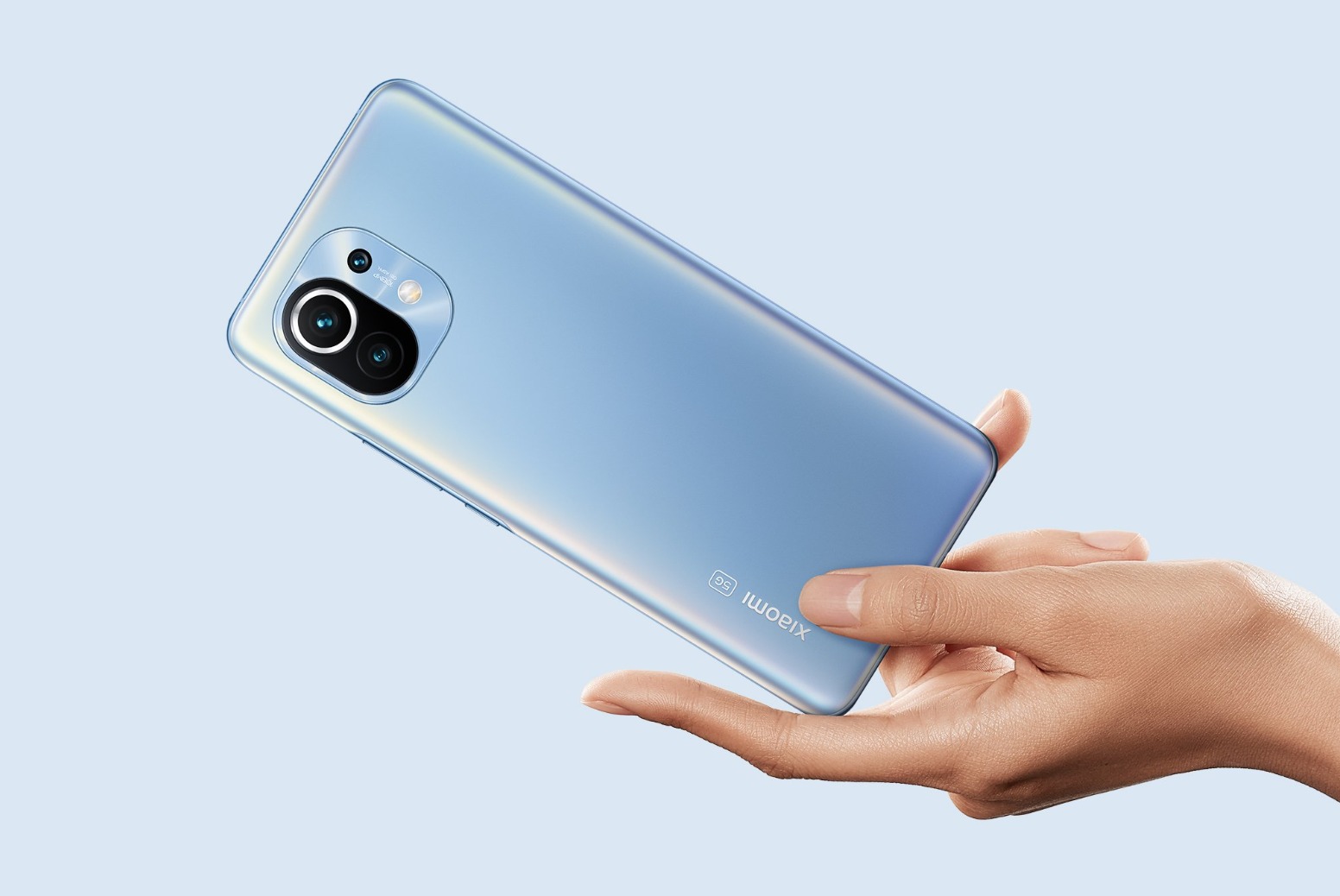Last week’s post, about the rise of China’s Xiaomi Inc, prompted me to dig further and deeper into the few nascent but up-and-coming consumer electronic companies that are expected to grow exponentially and take on the world by storm in the next five years.
Besides Xiaomi, the other two names that are rising are India’s Micromax and China’s Oppo Electronics. Micromax is an Indian consumer electronics company headquartered in Gurgaon, Haryana, India.

It is in the business of manufacturing mobile phones, tablets, 3G datacards and LED TVs. It claims to have 23 offices in India and an international office in Hong Kong, according to Wikipedia.
Oppo meanwhile is a company founded in 2004 and based in Dongguan, Guangdong, China. Its major product lines include MP3 players, portable Media players, LCD-TVs, eBooks, DVD/Blu-ray Disc players and mobile phones, according to the company’s website (in Mandarin).
The product line that these companies have in common is smartphones as all three have released various models albeit in selected markets only. If you think about it, targeting the smartphone market is a no-brainer, as more and more people, especially in Asia, move their Internet experience onto mobile devices from the PC.
According to the most recent Ericsson Mobility Report, mobile subscriptions are expected to reach 9.3 billion by 2019, and more than 60% or 5.6 billion of these will be for smartphones.
The same report noted that smartphone subscriptions are expected to triple and that its traffic is predicted to increase 10 times between 2013 and 2019.
In terms of country adoption, Hong Kong and Singapore came up tops in smartphone penetration in Asia Pacific at 87% each, followed by Malaysia (80%), Australia (75%) and China (71%), according to Nielsen.
The recently released study by the research firm noted that Thailand’s smartphone penetration stood at 49%, Indonesia at 23%, India at 18%, and the Philippines at 15%.
But for me, over and above the hard numbers lurk a few more important takeaways from the study. The first is that brand ranks as the most common factor impacting choice of smartphone, followed by the choice of operating system features. Next up is the fact that social media plays a significant role in influencing consumers’ choice of smartphone.
“Across Asia Pacific, the majority of consumers list internet reviews and blogs and referrals from friends, colleagues and family as the most common factors influencing their purchasing decisions,” read the report.
These conclusions aren’t surprising, as these revelations only serve to reinforce what we already know from anecdotal evidence – that the rise of the smartphone as an alternative device in consumers’ lives is an unstoppable trend.
Now is the time
Quite apart from the numbers, there are actually a few other contributory factors that have led to the rise of the smartphone in recent years. These include cheaper hardware and components, the ubiquity of mobile broadband data, and perhaps the mother of them all – Google’s Android software.
All these factors coming together at the same time have enabled tier-2 consumer electronic players such as HTC, Sony, LG, as well as Huawei and tier-3 companies like Xiaomi, Oppo and Micromax to enter the fray and challenge the established tier-1 giants such as Apple and Samsung.
While Apple remains extremely profitable in the high-end market and Samsung continues to dominate the entire continuum of smartphone models from high- to low-end, the budget and mid-end market continues to be a battleground for these tier-2 and tier-3 players, thanks to the fact that Google is providing its Android platform basically free-of-charge.
The good news for these tier-3 companies’ ambitions is that the large middle section of the market means these entrants now have a decent shot of truly attacking the mass-market smartphone segment of the market.
Challenges exist
Notwithstanding their ambitions, there remain a few impediments standing in the way of their success. The first is the fact that these players currently do not manufacture their own devices but rather outsource them to contract manufacturers.
A Quartz article noted that by not having their own manufacturing facility, they run the risk of not being able to scale up as fast as the market demands.
This ‘scalability’ challenge is closely related to a supply-chain bottleneck problem, which Quartz notes must mean that companies such as Xiaomi must convince its suppliers to shift capacity or to build new plants, in lieu of its own manufacturing capabilities.
Besides the challenge of scale, the three players all face the perception of poor branding, which is the classic ‘chicken-and-egg, which comes first?’ problem.
You see, these companies currently sell their wares online but if they are not perceived to be good or even great brands, how will they push sales as there is no way for them to touch and feel the device before committing to a buy?
The third challenge is related to the softer side of the business reliability of the device, and customer service quality. In today’s highly demanding world, simply selling devices over the Internet does not mean that you will be successful. The wares that a company sells would need to be above suspicion, have great build quality and great reliability.
Complementing this is the need to have top-notch customer service, which can’t be overemphasised, as there is no such thing as a 0% flawless product made. In times like these, there will be anything from warranty claims to customer support of how to sort out problems arising from purchases.
And in the age of such a pervasive and ubiquitous social media world, these tier-3 players cannot afford to slip up on their customer service as major faux pas will directly affect their branding and reputation.
These are some of the major challenges facing these tier-3 entrants into the smartphone market.
But if they are able to get them right, I reckon it will be game on, as there will rise a new force that will take on the established players – which is always good – as competition always breed newer and better innovation for us consumers.
Lastly, do look out for the impending review of Xiaomi Redmi, coming to you soon.
Header image credit: BusinessWeek
Other images: ShangBao,












